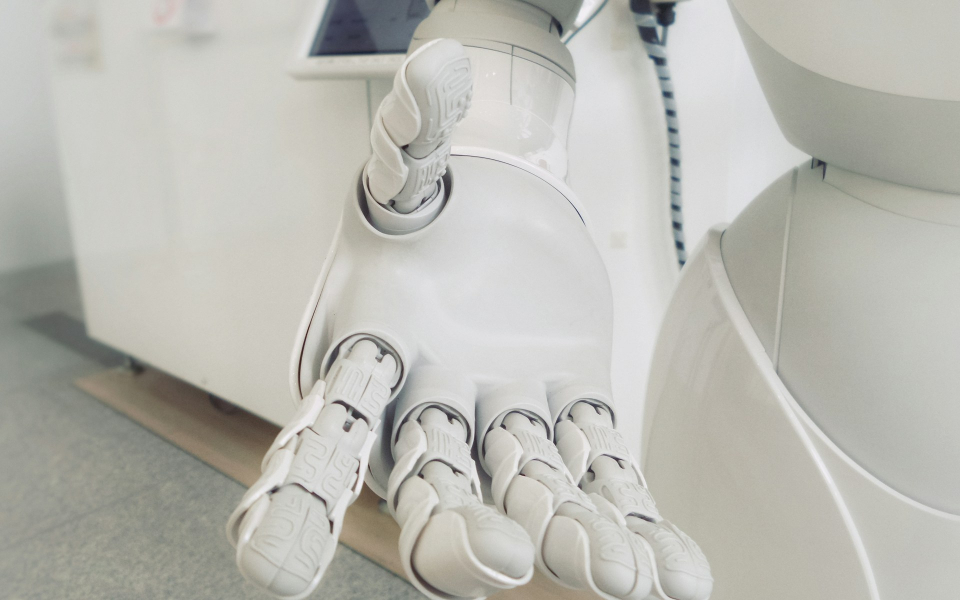China has taken a bold step in the global technology race, with a new development in humanoid robotics that could reshape the industry and intensify competition with the United States.
What Happened: Beijing's new robotics center is set to unveil a prototype for a general-purpose humanoid robot, marking a significant step in China's tech innovation and manufacturing, the South China Morning Post reported on Thursday.
The Beijing Humanoid Robot Innovation Centre, established with contributions from both private and state-owned entities, is focusing on creating a unified technology platform and industry standards. Companies like Xiaomi, UBTech, and Jingcheng Machinery Electric are involved, alongside the Institute of Automation at the Chinese Academy of Sciences.
While the exact release date for the prototype is not disclosed, the center indicates it will be "soon." This initiative is part of China's broader strategy to address its demographic challenges and revitalize its economy through technological advancements.
The push for humanoid robots is seen as a convergence of artificial intelligence, manufacturing, and new materials. It aims to bolster China's self-reliance in technology as it faces stiff competition from the US in crucial tech sectors.
Despite the advancements, China acknowledges that its domestic supply chains for critical humanoid robot components are limited compared to established international players. The Ministry of Industry and Information Technology (MIIT) has outlined goals to overcome these challenges and achieve mass production.
By 2027, China aims to transform the humanoid robot industry into a key economic growth engine, with aspirations to reach a globally competitive level. Major cities like Beijing, Shanghai, and Shenzhen have included humanoid robots in their development plans, with Beijing establishing a 10 billion yuan ($1.38 billion) robotics fund.
However, the country still faces hurdles such as high costs and limited application scenarios, which are impeding the sector's industrial and commercial progress, as noted by Xu Lijin, a delegate of China's top advisory body and chairman of a robotics company.
Why It Matters: China's aggressive push into humanoid robotics is part of a larger strategy to establish dominance in the high-tech sector. China announced plans to mass-produce humanoid robots by 2025, aiming to "reshape the world" and aid robotics startups to develop talent in the field.
Furthermore, China intended to lead the global AI race by 2027, with the MIIT releasing a policy document outlining the necessary technologies and facilities for a technologically advanced future economy.
China's advancements in robotics were also showcased when Xiaomi launched CyberDog 2, a robotic dog companion capable of performing complex actions such as backflips. This underlines the country's progress in integrating robotics into everyday life and its commitment to becoming a global tech leader.















